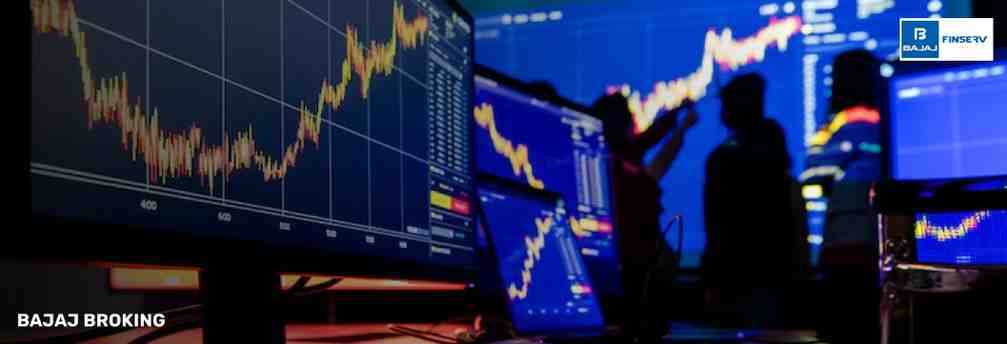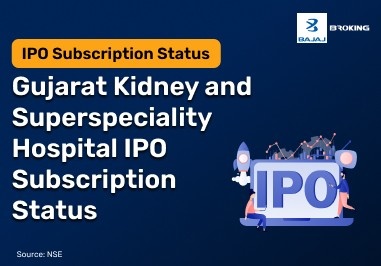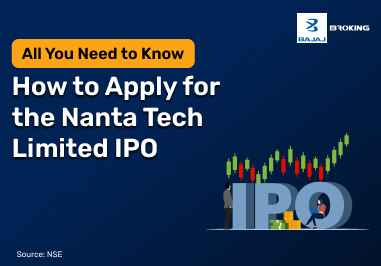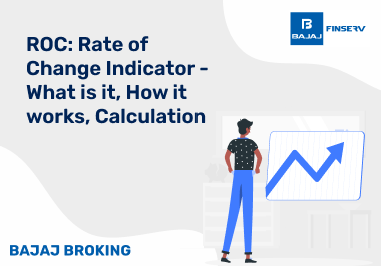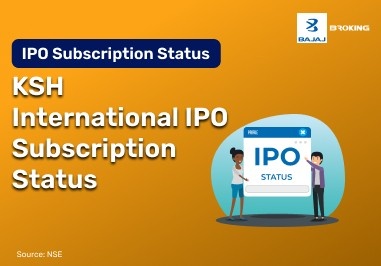Algorithmic trading, also known as algo trading, is where computer programs place trades automatically based on previously stated rules. You don't have to manually sell or buy. You simply tell the computer what to do, such as "buy if the price is down 2%" or "sell at this time."
A lot of retail traders, hedge funds, and large firms use algorithms because they can make trading decisions fast, efficiently and without emotion. But, there are pros and cons to algorithmic trading. Let's look at these.
Advantages of Algorithmic Trading
Algorithmic trading uses math and statistics to automate the process of placing orders. This automation has a lot of advantages, especially when it comes to speed, precision, and making decisions without emotions. Here are the primary benefits:
1 It's really quick
Computers can make deals in less than a second. That's a lot faster than a person.
2. No feelings involved
People can be afraid, greedy, or panicked. This can make us do dumb things, like holding on to a losing deal for too long. A computer doesn't have feelings. It merely does what you tell it to.
3. You Can Try It Out Before Using It
You can test your plan using algo trading by using outdated market data. This is known as backtesting. It shows you how the idea would have worked in the past.
4. It Follows the Rules Every Time
If you tell the computer to buy anything for a certain amount of money, it will do that and nothing else. It won't change its opinion like people do.
5. You Can Trade More Stuff
A computer can keep an eye on and trade several stocks at once. A program can keep track of 10 or 20 stocks at the same time, but people can't.
6. Costs Go Down
You don't have to sit and watch all day because the computer does the work. This could save you time and money. Some dealers that trade quickly also get better prices.
Disadvantages of Algorithmic Trading
There are many downfalls to algorithmic trading that have to be fully considered to avoid costly errors, even if there are advantages. Technology is not flawless, and a designed algorithm can fail, or not perform as well as it should.
Technology Issues
A small coding error or maybe an incident concerning the internet could cause you to execute the wrong trades and may even lead you to lose lots of money, or lose out on opportunities resulting from failed execution. Mistakes from technology can be quite costly.
Over-optimisation (Curve Fitting)
Traders may over-optimise their algorithm each time based on historical data, which makes their algorithm like it performed valuable in the past; however, in active markets, it is only practically useful because the conditions are frivolous and change constantly.
Requires Technical Skill
You need to know how to program, handle money, and work with data to build and run an algorithm. Without help, beginners may find the learning curve to be steep and frustrating.
Lacks Human Reasoning
When something unexpected happens in the market, such as sudden news or an economic disaster, a set of algorithms may not perform like it should. Algorithms cannot adjust quickly and depend on their instincts as they adjust, like a human can.
Risk of Quickly Losing Money
When something goes wrong, algorithms can execute 100's of trades all by mistake in a fraction of the time making it easy to lose money before anyone will even notice.
Risk of Being Capital Dependent
In a market, such as one with lower numbers of buyers and sellers, a rapid fire trades may not get all the trades done or, worse, may trade at different prices than intended. Algorithms can increase slippages in illiquid equities.
Algorithmic Trading vs Traditional Trading
Here’s a detailed comparison of Algo Trading vs Traditional Trading across several key parameters:
Feature
| Algorithmic Trading
| Traditional Trading
|
Execution Speed
| Ultra-fast, milliseconds
| Slower, manual entry
|
Emotion Involvement
| None – fully automated
| High — driven by fear and greed
|
Consistency
| Fully consistent
| Inconsistent due to human judgment
|
Scalability
| Highly scalable, multi-asset capable
| Limited to trader’s capacity
|
Required Skill Set
| Technical (coding, finance, data)
| Financial knowledge and experience
|
Error Possibility
| Low (if coded well)
| Higher (manual errors, missed trades)
|
Adaptability
| Needs re-coding to adjust
| Can react to news or change plan instantly
|
Capital Requirement
| May need higher infrastructure setup
| Can start small (especially retail trading)
|
Control
| Automated, based on rules
| Full control, can be adjusted on the go
|
Backtesting
| Available with historical data
| Difficult and time-consuming
|
A Real-World Example of Algo Trading
Imagine an algorithm programmed to buy a stock whenever it drops 2% within 10 minutes, and then automatically sell once the stock rises by 1%. This process repeats thousands of times a day without hesitation or emotion.
Unlike humans, the system follows rules with precision, removing biases and ensuring consistent, disciplined trading decisions.
Is Algorithmic Trading Right for You?
If you just want to know, try paper trading (simulated trades) with pre-made algorithms on a platform. It helps you get used to it without putting your money at risk.
Begin with automated approaches that include very simple rules, like "buy low and sell high." Another option is to trade on a broker platform that offers algo tools without requiring coding knowledge.
If you know what you are doing, you can build more complex algorithms or use APIs to change rules to trade. Regardless of how complex your algorithm or method is, always test and monitor your code.
Conclusion
Algo trading is ultimately a novel concept that brings speed, accuracy, and discipline to the trading world. However, it is also often fraught with issues and risk. You can begin evaluating whether algorithmic trading is right for you, by weighing the pros/benefits and cons/risk of algorithmic trading.
If you're an inexperienced trader you may want to start with uncomplicated methods or trading on platforms that have simulated algo testing before going live. Regardless, with or without an algo, having a robust strategy, some level of risk management, and a drive to improve your education are likely to be the most important factors in your trading success.
Frequently Asked Questions
What is algorithmic trading and how does it work?
Algorithmic trading, or algo trading, is when computer programs make trades based on rules that have already been set, such as timing, price, or volume. These algorithms look at market data in real time and place orders on their own, so there is no need for someone to do it by hand or make decisions based on their feelings.
What are the primary advantages of adopting algo trading strategies?
In conclusion, algorithmic trading is speed, preciseness, and reliability. It reduces human error, eliminates emotional bias, and allows traders to backtest theories with factual reference to previous data. Plus, algorithmic trading can allow multiple assets to be traded simultaneously, allowing the market to be more efficient and accessible for both retail and institutional traders.
What are the dangers of algorithmic trading?
Technical failures, programming mistakes, and bad strategy optimization are all risks that come with algo trading. If the computer can't adapt correctly, market oddities or black swan events could cause big losses. There is also a significant initial expense to set up and the system needs to be watched all the time to make sure it stays stable.
What makes algo trading different from regular manual trading?
Algo trading is based on pre-set rules and is automated, making it more disciplined and quicker. In contrast, traditional manual trading is based on human decisions, which could be influenced sometimes by emotions. When something unexpected happens, manual trading is more adaptable, but it is slower and can't grow as quickly.
Can those who are new to algorithmic trading get involved, and how can they do it?
Yes, amateurs can start algorithmic trading on platforms that are easy to use and don't require any coding. They should start by understanding the principles of trading, then practice with paper trading, and then build or use pre-built algorithms while focusing on risk management and learning new things all the time.
Is using algorithms a good idea?
No, algorithms have a lot of good points, but they aren't perfect. They need to be carefully planned, tested, and watched to work well.
